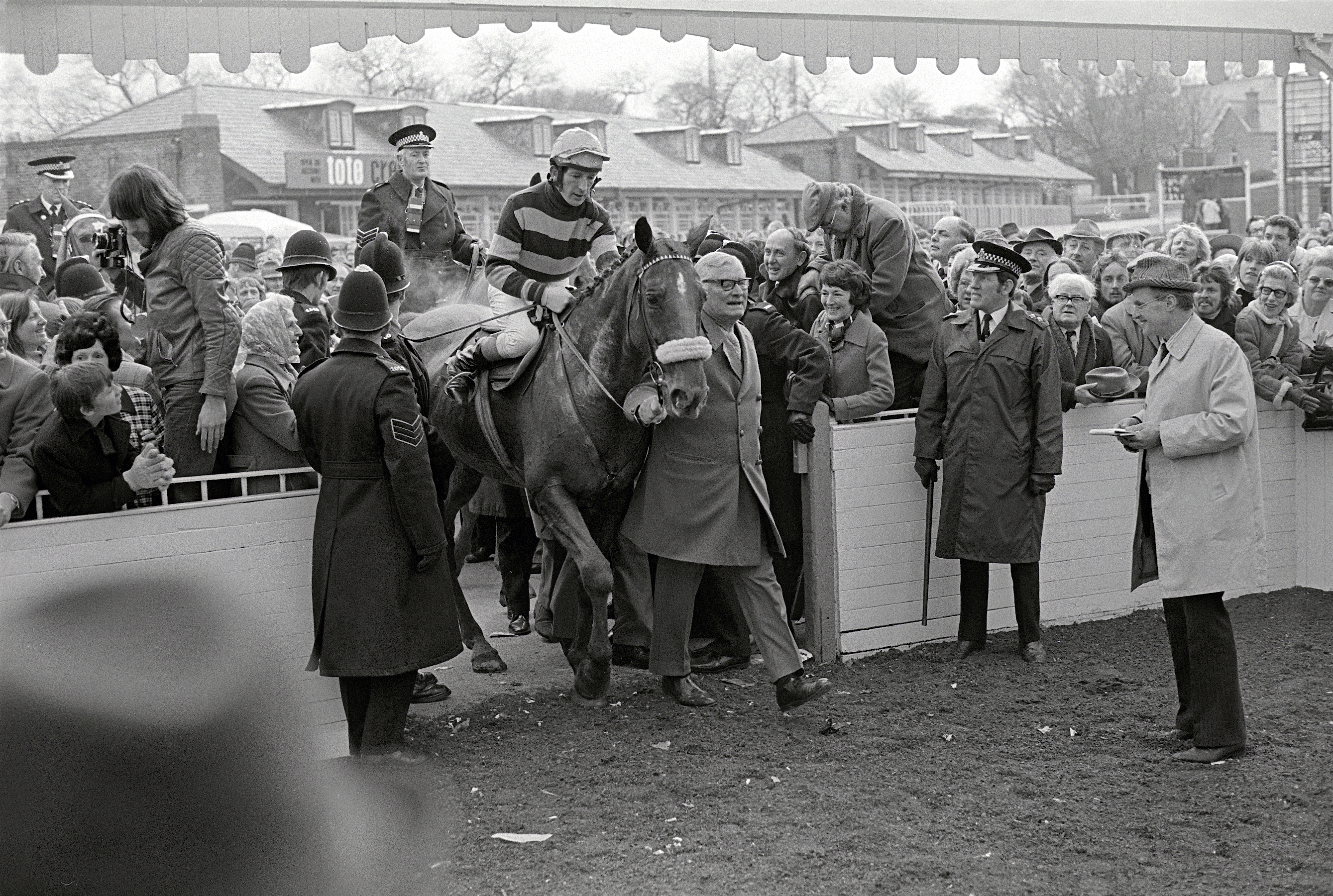Raymond Guest (1907-1991)
Having purchased a three-year-old for 3,500 guineas at the Ballsbridge Sales, Raymond Guest had planned on naming his newest acquisition ‘Let’s Go’. When discovering that name was unavailable, his immediate response was to opt for the similar sounding L’Escargot – the French translation of the snail.
A second cousin to Winston Churchill, Guest attended Yale University before spending much of his time playing polo with his brother – Winston – who were both among the country’s top players. During World War II, he served in the U.S Navy and had risen to the rank of Commander by the time he left the military in 1946. His immediate attention turned to politics, where he was a member of the Senate of Virginia before being appointed the United States ambassador to Ireland by Lyndon B Johnson.
An introduction to trainer Vincent O’Brien five years earlier prompted Guest to purchase a diminutive chestnut colt by 1954 Derby winner Never Say Die. This was Larkspur, who would go on to repeat the feat of his sire and triumph in the 1962 renewal of the Epsom Derby. After the event, Guest donated a portion of the prize money to finance the building of a new facility in Cashel, the town close to O’Brien’s Ballydoyle operation, for the benefit of the local community. The owner-trainer combination enjoyed Derby glory again in 1968, with Sir Ivor being produced close home to land the spoils.
In the same year, Guest was also enjoying success over hurdles. L’Escargot made his first appearance at the Cheltenham Festival and won the second division of the 1968 Gloucestershire Hurdle with his regular jockey Tommy Carberry in the saddle. A victory in the Irish Champion Hurdle and success in Meadow Brook Chase at Belmont Park followed, with L’Escargot being crowned the US Champion Steeplechaser of 1969 – a title which took a little less winning than it might sound.
Guest’s sights were now set on a return to Prestbury Park and the Gold Cup of 1970. Running not on his trainer’s advice but at his owner’s insistence, the chestnut was sent off a 33-1 shot for the blue ribband event. Kinloch Brae, wearing the Arkle colours of Anne, Duchess of Westminter and unbeaten in four races leading up to Cheltenham, was sent off favourite for the contest before falling at the third last fence when going ominously well. Holding every chance turning for home, L’Escargot was outjumped over the final two fences but ultimately edged clear of rival French Tan to take the victory.
A year on, he lined up the 7-2 joint favourite in waterlogged conditions and powered clear to score by ten lengths. L’Escargot was only the fifth horse in history to successfully defend their Gold Cup crown. Nobody did so again until Best Mate.
In the bid for the holy grail hat-trick in 1972 he was beset by problems and finished fourth. Guest’s focus had shifted to Aintree, where he declared that he would like to win the Grand National. L’Escargot was third, second in the 1973 and 1974 renewals – Red Rum stubbornly standing in his way - but in 1975 he became the only horse, along with Golden Miller, to have scaled the twin peaks of steeplechasing: the Cheltenham Gold Cup and Grand National. This was no snail, this was a racing marvel – merci, L’Escargot.


